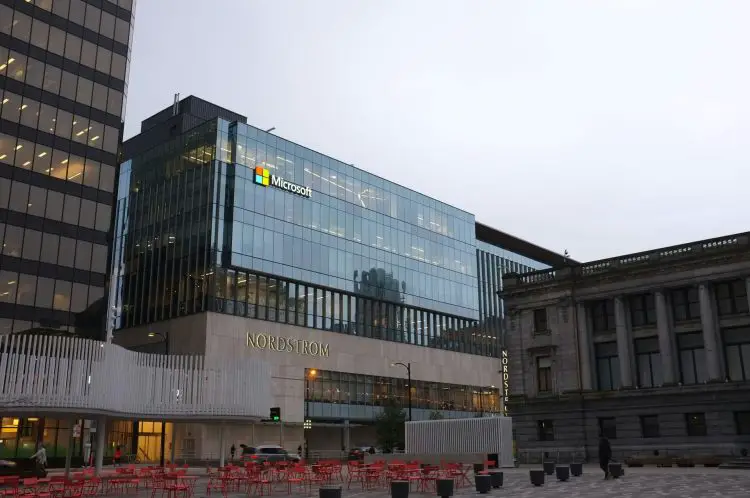Microsoft will end support for Windows 10 on 14 October 2025. Unfortunately, no updates or security patches will be released for the operating system after this date.
Microsoft’s decision to end support for Windows 10 has caused widespread controversy among businesses and individual users. Let’s examine the reasons behind this decision, its consequences, and how it will affect computer users’ daily lives.
Let’s take a closer look at what we know.
Microsoft will end support for Windows 10 in October 2025
After ending support for Windows 10, Microsoft will introduce a new subscription system for users who do not want to upgrade to Windows 11. This subscription system will be called Extended Security Updates (ESU), and users will continue to receive updates and security patches for Windows 10.
On the other hand, the subscription fees are really high: $61 for the first year, $122 for the second year, and $244 for the third year. While the fees will benefit educational institutions and small businesses, they will be very difficult for individual users.

However, educational institutions may also find it difficult to migrate to Windows 11. Many educational institutions use computers with older hardware. As a result, many do not meet the minimum system requirements for Windows 11.
Those who do not want to continue using Windows 10 can turn to operating systems such as Linux Mint.
So why is Microsoft keeping Windows 10 subscription prices so high? The company wants to encourage users to upgrade to Windows 11.
How will this decision affect users?
The end of Windows 10 support for businesses could leave computer files vulnerable to security risks. Devices connected to the corporate network could be exposed to malware and cyber-attacks.
It’s no different for individual users. The end of Windows 10 support could also expose home users to security risks. An outdated operating system makes computers containing personal information and sensitive data vulnerable to compromise.
Microsoft’s decision to end support for Windows 10 may affect computer users’ access to security and technology, but it can also open up new opportunities. Users can keep their PCs secure by keeping up with updates and researching alternative solutions. Microsoft’s ESU program can also be important in this process, but the cost and long-term implications for users should be considered.
Featured image credit: Matthew Manuel / Unsplash





